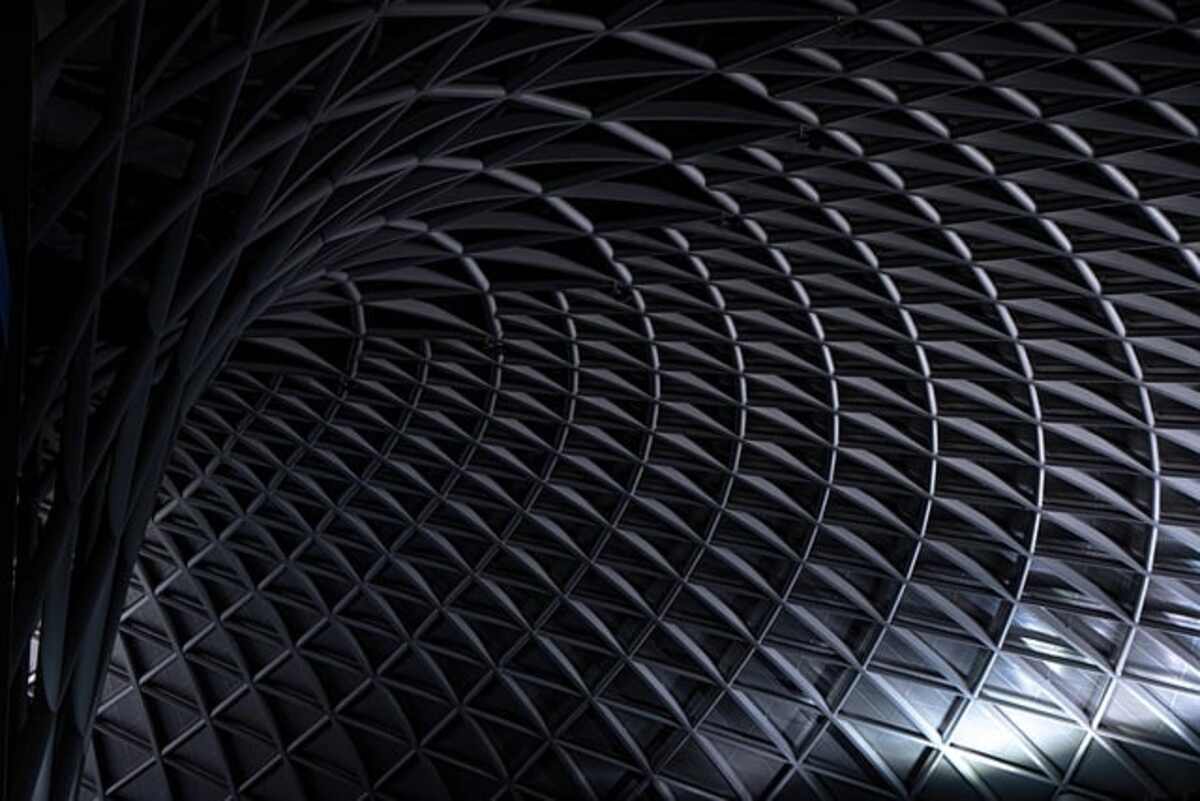Standing Seam Roofing Installation: Deciding on Metal Roofing Accessories
Making a metal roof watertight can be much more work than expected, whether doing a DIY standing seam roofing project or installing a different metal roof, especially if you’re using pre-colored sheeting and can’t simply paint over the waterproofing. Pay attention to these details if you want a metal roof that won’t leak.
DIY metal roofing projects, such as a standing seam roof, might benefit significantly from the research into these waterproofing tips.
Fasteners for Metal Sheets
It’s essential to get the correct fasteners for your new metal roof. Considerations include the structure’s foundation, which should be timber or wood. Fixing time is also affected by sheet finish and material: galvanized sheets call for galvanized fasteners, whereas zincalume sheets call for zincalume fasteners.
Getting a fastener with a built-in cap should be your top priority. Both are durable and watertight thanks to their plastic construction, and the cap may be purchased in various colors to match your color sheeting better. Using the proper fasteners can significantly simplify any DIY standing seam roofing installation.
Sealant
Silicone and mastic are the two most common types of sealants. However, there are many others. Since clear silicone is readily available, it can be used without being noticed once applied. Conversely, mastic can last considerably longer because it doesn’t dry out or shrink.
Polyclosures
Polyclosures are strips of polyester foam rubber that have been precisely die-cut to fit the profile of a given sheet. They are installed beneath flashings and sealed with silicone or mastic to stop wind-driven rain from entering the attic. Companies that sell metal roofing in bulk usually have poll closures tailored to your selected profile.
Flashings
You may need sidewall flashing, headwall flashing, ridge flashing, hip flashing, apron flashing, or any other type of flashing, depending on the design of your roof. Stainless steel or aluminum rivets are typically used to secure flashings after the metal roof sheeting has been installed and trimmed. After that, mastic or silicone should be used to seal the rivets. If you take your time deciding how to install a metal roof, you’ll be prepared with these and any other necessary accessories.
A unique flashing is typically made for chimneys installed lower on a sloped roof. They are called soaker sheets, and their purpose is to prevent water from damming up behind vents and causing damage to the metal roofing by directing the water around the chimney and off the roof.
Laps
The pan or channels are always laid lengthwise to direct water away from the roof. The sheets always have what is called a side lap, which is an overhang of about one rib. However, double laps (two rib overlaps) may be a good idea on shallow pitches, especially when employing a poor water channeller like corrugated sheeting.
End-lapping sheets are also not recommended. This refers to a longitudinal overlap between two sheets. The overlap may help you save money in the short term, but rust will eventually form because water will collect in the cracks between the sheets. This mistake can easily be avoided by consulting a roofing expert for guidance on installing a metal roof.
If you’re unsure what waterproofing accessories you need for your metal roof, whether you’re doing a standing seam roofing project or not, it’s best to see an expert. Many provide cost-free consultations and estimates to ensure you make the best decisions for your roof.
Learn more about installing a standing seam roof or building one yourself by clicking the links above.
Read also: How It Works, What To Expect, And What You Get From Machine Translation


